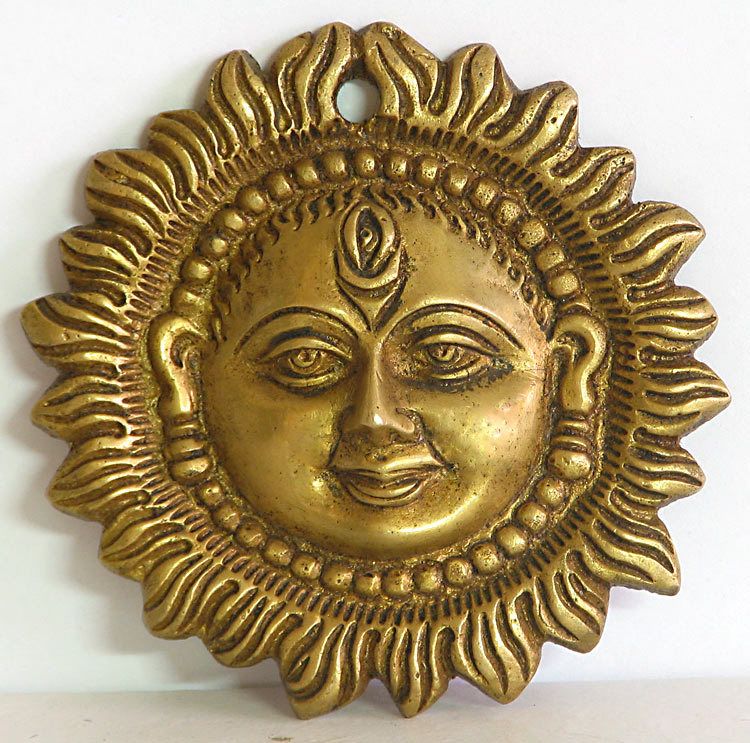YOGA
Swami Satyananda Saraswathi says that Yoga is not an ancient myth buried in oblivion. It is the most valuable inheritance of the present. It is the essential need of today and the culture of tomorrow.
Lord Shiva is considered to be the symbol or embodiment of supreme consciousness. Parvati represents supreme knowledge, will and action. They are responsible for all creation.
swami Sivananda Saraswathi explains Yoga as an “integration and harmony between thought, feeling and deed, or integration between head, heart and hand”. When a persons practices yoga regularly, he can develop awareness develops of the interrelation between the emotional, mental and physical level,and how a disturbance in any of these effects the others and how he easily manages the problems.
Yoga of many types and of course with many names:
Raja Yoga, Karma Yoga, Hatha Yoga, Jnana Yoga, Bhakti yoga, mantra yoga, Kundalini Yoga and laya yoga, Nada yoga etc.,
Yoga means, unity or oneness and is derived from the sanskrit word yuj, which means ” to join”. This is the union of the individual consciousness with the universal consciousness. In simple words, yoga is an act if balancing and harmonizing the body, mind and emotions with the help of regular practice of asana, pranayama, mudra, bandha, shatkarma and meditation.
Yoga is also a type of tantra. tantra is a combination of two words, tanoti and trayati, which mean expansion and liberation. In earlier days, yoga techniques were kept secret as it was a tantra form of keeping the body and mind in clear and healthy way.
- Asana:
Prior to everything, asana is spoken of as the first part of hatha Yoga.
Having done asana, one attains steadiness of body and mind, freedom from disease and lightness of the limbs.
therefore Asana means a state of being in which one can remain physically and mentally steady, calm, quiet and comfortable. In the Yoga Sutras of Patanjali there is a definition for yogasana, which says that the position which is comfortable and steady.
In the Raja yoga, asana refers to the sitting position, in hatha yoga it means something more. asana is a specific body positions which open the energy channels and psychic centres. Asasans are used as tools to higher awareness and provide the stable foundation for further exploration of the body, breath, mind and beyond.
…. to be continued.
V.MEENAKSHI JAYAKUMAR.





